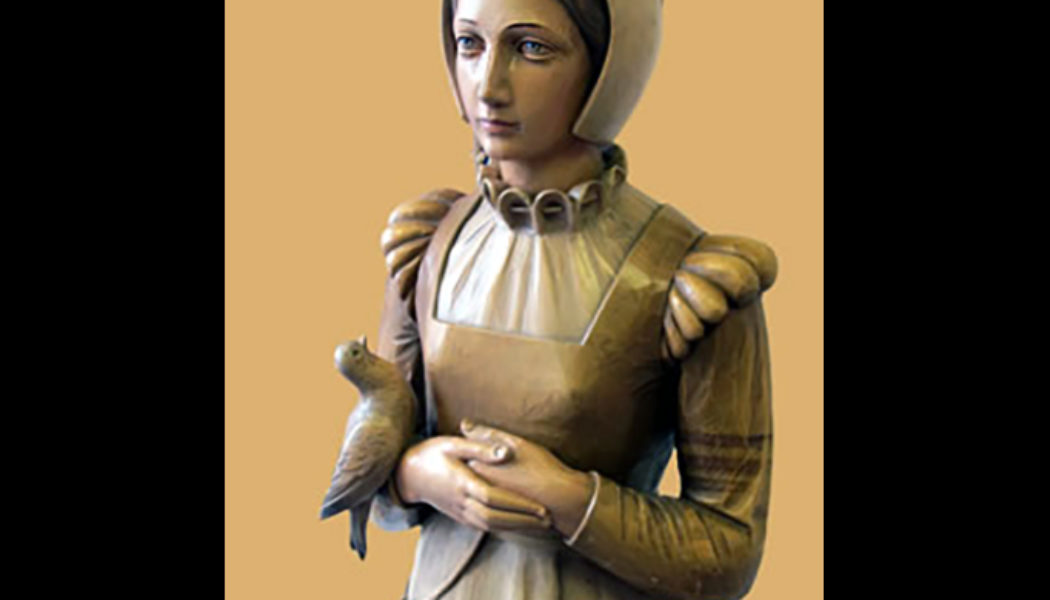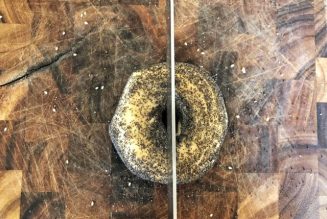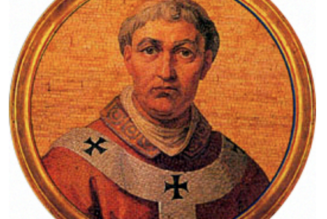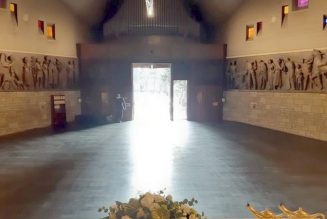
In London on Feb. 2, 1601, a group of recusant Catholics (who refused to attend Church of England services) gathered in a rooming house to commit a crime: celebrate and attend Holy Mass.
Although our liturgical calendar doesn’t completely reflect it in the season of Ordinary Time, the Feast of the Presentation, also called the Feast of the Purification of Mary or Candlemas, is the last feast of the Christmas cycle. Forty Days after Our Lord’s Nativity, the Blessed Virgin Mary and St. Joseph, as St. Luke’s Gospel tells us, fulfill their obligations of purification and offering at the Temple. It’s finally time to put the Nativity crèches and festive greenery away; Christmas is officially over.
On the liturgical calendar for the Extraordinary Form of the Latin Rite, the pre-Lenten season of Septuagesima begins soon with violet vestments and without the Gloria and the Alleluia; the feasting and fun of the New Year pass into penance, fasting, and almsgiving. But Candlemas is a feast of light and glory, the highlight of the Extraordinary Form’s Epiphany Season, during which Jesus is manifested in various ways as Savior and King—visited by the Magi; changing water into wine at Cana; proclaimed by John the Baptist as the Lamb of God; and hailed by Simon and Anna in the Temple. With the procession and blessing of candles as part of the liturgy of this day, we demonstrate again that Jesus is the “light for revelation to the Gentiles, and glory for your people Israel”. (Luke 2:32)
A Recusant Candlemas
In London on Feb. 2, 1601, a group of recusant Catholics (who refused to attend Church of England services) gathered in a rooming house to commit a crime: celebrate and attend Holy Mass. Father John Gerard, the leader of the Jesuit missionaries, had arranged for a safe house and placed Anne Line, a widow, in charge of managing the household. Father Gerard, whose Autobiography describes his imprisonment and torture in — and escape from — the Tower of London among his other adventures travelling around England secretly, trusted Anne because she was “a woman of much prudence and good sense”.
Anne Line needed the shelter of the safe house just as much as the priests who stayed there. She and her brother, and her husband, had been disinherited by their fathers when they became Catholics. Her husband Roger and brother William were arrested and banished for attending Mass and while Roger was in the Spanish Netherlands he received a stipend from King Philip II and sent some of that money home to Anne. When Roger died, that source of funds ended; Anne was alone and destitute. She also suffered from some chronic illness.
She had moved out of the first safe house that Father Gerard had leased because authorities were still searching for him after his incredible escape from the Tower in 1597. They suspected there was some connection between the fugitive priest and Anne. Nevertheless, she was still sheltering priests in the new rooms she’d taken and on Feb. 2, the neighbors noticed that a large group of people were there and notified the authorities.
The altar and vessels for Mass were all ready and Jesuit Father Francis Page was vested to begin the procession and blessing of candles before Mass when the pursuivants came to the door to search the rooms. He was able to take off his vestments so he wouldn’t be arrested as a priest: evidence that would lead to certain, excruciating death. The authorities saw the altar, however, and arrested Anne Line on suspicion of aiding some priest, since it was her residence.
Not Just One, but a Thousand
She was held in Newgate Prison and became weaker during her imprisonment, so weak that she had to be carried in a chair to her trial. The authorities had no evidence to present in court that Anne Line had aided a priest because no priest had been arrested during the raid. Nevertheless, she was found guilty on Feb. 26. After the verdict, she gave the court the evidence it lacked when she proclaimed that she regretted only that she hadn’t helped more priests escape.
Anne Line was hanged at Tyburn the next day with two priests, one of whom, Jesuit Father Roger Filcock, had been her confessor. Before she was executed, she repeated the statement she’d made at her trial: “I am sentenced to die for harbouring a Catholic priest, and so far I am from repenting for having so done, that I wish, with all my soul, that where I have entertained one, I could have entertained a thousand!”
Father Filcock kissed the hem of her dress as her body still hung from the gallows and proclaimed, “Oh blessed Mrs. Line, who has now happily received thy reward, thou art gone before us, but we shall quickly follow thee to bliss, if it please the Almighty.” Father Mark Barkworth, OSB and he prayed together before Barkworth was hanged and quartered: Hæc dies quam fecit Dominus; [This is the day which the Lord has made:] exsultemus, et lætemur in ea. [let us be glad and rejoice in it.] and then Father Filcock suffered the same brutal execution.
Jesuit Father Francis Page, who had escaped on Candlemas, was executed for the crime of being a priest on April 20, 1602 — but he had been able to continue his mission for another year because of Anne Line.
Receiving Their Reward
St. Anne Line was canonized among the 40 Martyrs of England and Wales in 1970 by Pope Paul VI. Blesseds Mark Barkworth and Francis Page were beatified among a large group of martyrs in 1929 by Pope Pius XI, while Blessed Roger Filcock was beatified among the 85 Martyrs of England and Wales by Pope St. John Paul II in 1987.
Some scholars think that William Shakespeare wrote “The Phoenix and The Turtle” to celebrate the love between Roger and Anne Line and remember them in a Requiem Mass. This interpretation adds to the debate about Shakespeare’s Catholicism.







